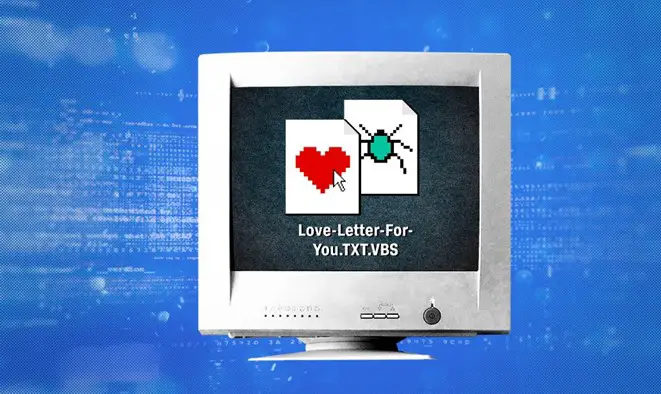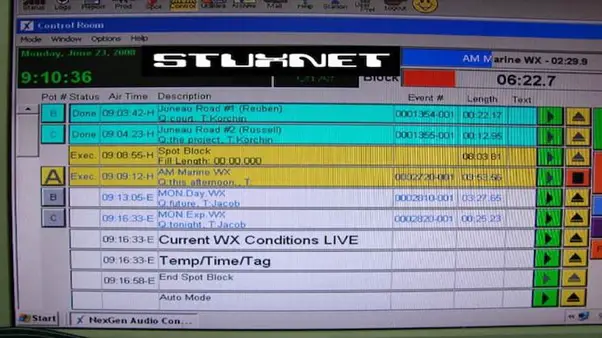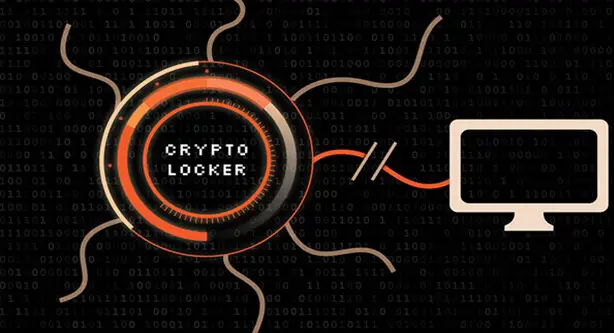A computer virus is a malicious software programmed to secretly enter your device, seize control, and then modify how it functions. For example, a virus will enter your device pretending to be genuine and safe software or a document when you download a virus. It will then lie dormant on your device until you launch the program it was connected to, at which point it will activate itself. After that point, the virus will go through your computer, doing whatever it was designed to do. This may include gathering information, limiting your access to specific or all other files and programs, and infecting other devices connected to the same network as your computer. Hundreds of excellent antivirus software are available, and you can choose from them. This makes it simple to protect yourself from most infections.
1. ILOVEYOU
The ILOVEYOU virus disguised itself as a declaration of love, and it would also overwrite user data, rendering machines unbootable, and send itself to the email lists of users.

2. Code Red
After it infected a computer, the virus continually duplicated, using valuable system resources. The computer would then be vulnerable to attack from a remote location because of the infection.

3. Melissa
In 1999, an infected word document was the initial source of this virus, someone put this out on the internet and claimed that it was a list of passwords to adult websites. After being opened, it automatically sends a message to the user’s email contacts. The rising amount of email traffic caused disruptions for both corporations and government institutions.

4. Storm Trojan
The Storm Trojan was responsible for infecting thousands of computers in 2007. The vulnerability was exploited by users when they opened emails with subject lines such as “230 dead as storm hits Europe.” Afterward, a piece of software known as wincom32 would automatically install itself. This information was then shared along with other affected machines, and the malware would spread across these systems.

5. Sasser
Sasser was a virus that impacted many machines running Windows XP and Windows 2000. It figured out how to exploit a vulnerability in the Local Security Authority Subsystem Services and used that to its advantage. The use of Sasser slowed down the machines and led to accidents. It also made it difficult to turn the power off. Damages were believed to be in the billions of dollars, and governments and airlines were forced to cease operations.

6. My Doom
At its height, the virus known as My Doom infected one out of every 12 emails sent, making it one of the viruses with the fastest dissemination rate in history. An attachment with a message such as “Mail Transaction Failed” would be opened by users. Its purpose was to bring significant websites like Google and Lycos to their knees, and it could render Google inoperable for nearly a whole day!

7. Zeus
2009 was the year when Zeus began targeting Windows computers with the intent of using them to commit crimes. It infects targets by tricking them into downloading malicious software or phishing scams. It compromised accounts at many of the world’s most prominent banks and corporations. It hacked into email addresses, social media accounts, and bank accounts, stealing sensitive information from each.

8. Conficker
Conficker is a computer worm that has infected more than 9 million machines throughout the globe. It would also prevent access to antivirus sites and windows updates, in addition to resetting the account lockout settings. After then, it would prevent access to user accounts. After that, users’ money was stolen through the use of scareware.

9. Stuxnet
Stuxnet is a computer worm reportedly developed by Israeli and American defense forces for cyber warfare. Its purpose was to sabotage Iran’s nuclear program. It was carried on infected USB devices and was responsible for destroying one-fifth of Iran’s nuclear centrifuges. If the infected computer used software made by Siemens, it may change the speed of the machinery it controlled, which would cause the machinery to break down.

10. CryptoLocker
One of the earliest examples of ransomware was called Cryptolocker. This virus turned files on hard drives into unreadable code. The encryption could only be decrypted if a ransom was paid before a predetermined cutoff time.



















